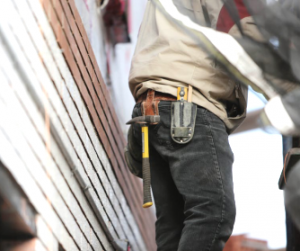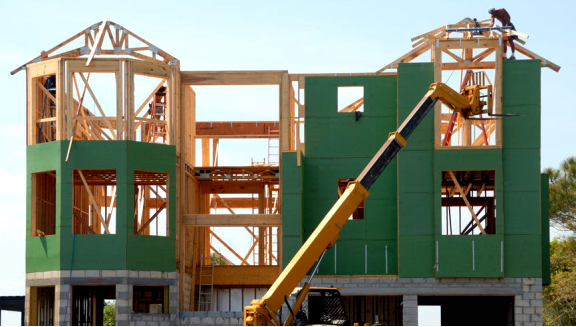Identifying potential fall hazards in a workplace is a crucial part of any work safety plan. While keeping safety equipment on site is important, being safe from the dangers of trips and falls altogether is the right of every employee in your workplace.
Failure to prevent potential workplace hazards through necessary measures and delivering the correct information to employees is a Canada Labour Code violation. It also makes your worksite more dangerous for human life.
While your site is different from every other, the some fall hazards remain the same. Make sure to do your due diligence to identify these five common fall hazards:
Floor Holes
The Canada Labour Code defines a floor hole as a void/gap in a floor or platform, 50mm or more it its least dimension. This indicates that you are not just identifying gaps where people can fall in, but also a gap which can cause a trip fall if a worker steps into it.
Wall Openings
If your employees have access to a wall opening from which there is a potential drop of over 1.2m, you need to make sure to have guardrails fitted around the opening. Otherwise, have it covered with material that can support the load which the opening has to bear.
Platforms
You can cover a platform’s holes, but what about the height of platform itself? Raised platforms are necessitated visible guardrails.
The Canada Labour Code emphasizes on the need for guardrails when the platform used by employees raises 1.1m above an adjacent floor. It also advises that the raised area should be guarded by a person to prevent falls.
Sharp Edges
Another crucial detail you need to identify in your worksite is sharp edges. These are hazardous to workers tied to workplace lifelines in elevated sites.
A sharp edge may not necessarily cut the lifeline, but the increased friction can weaken the line, which in turn does break due to unbearable pressure on the frayed area. Falls indirectly caused by sharp edges can result in loss of life.
Debris
You’ve have had your floor and wall openings, and elevated platforms guarded or covered. You’ve taken all sharp edges in account. Another thing that causes trip falls is debris. Falling debris can be categorized under falls, and these can be kept from dropping through the protection of toe boards.
According to Canada Occupational Health and Safety Regulations, a toe board has to be fitted at every open edge of a temporary platform structure.
It pays to have the right information at hand to lead a safe and secure workplace. It is your duty to watch out for every workplace hazard to protect your employees. At Metro Safety, we offer comprehensive workplace safety courses BC, Canada, including fall protection safety plan expertise.
Reach out to us for fall protection training today!







